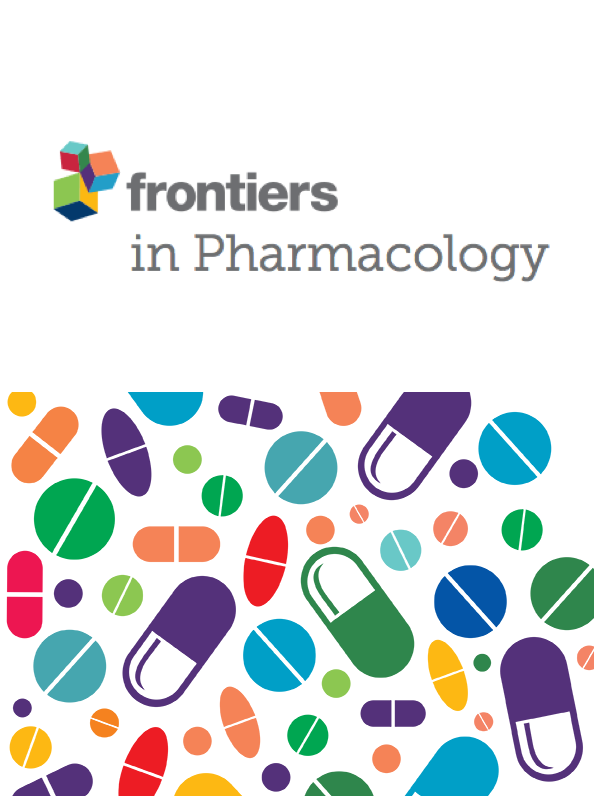The real-world analysis of adverse events with teduglutide: a pharmacovigilance study based on the FAERS database
IF 4.4
2区 医学
Q1 PHARMACOLOGY & PHARMACY
引用次数: 0
Abstract
BackgroundTeduglutide, the first glucagon-like peptide 2 analogue, has been demonstrated to facilitate the absorption of gut nutrient and lessen the need for parenteral assistance in patients with Short Bowel Syndrome (SBS). However, its adverse drug events (AEs) are primarily documented in clinical trials, with a deficit in real-world data. This study evaluates the AEs profile of teduglutide based on Food and Drug Administration (FDA) Adverse Event Reporting System (FAERS) data.MethodA disproportionality analysis of FAERS data from Quarter 1 (Q1) 2013 to Quarter 3 (Q3) 2023 was conducted to examine the association between teduglutide and adverse events, employing Reporting Odds Ratio (ROR), Proportional Reporting Ratio (PRR), Bayesian Confidence Propagation Neural Network (BCPNN), and Empirical Bayesian Geometric Mean (EBGM) methods.ResultsOut of 13,809,302 reports in the FAERS database, 10,114 reports identified teduglutide as the “primary suspect” in AEs identification. During the dosing observation period, the median occurrence of adverse events was 393 days (interquartile range [IQR] 97–996 days). Teduglutide-associated AEs occurred in 27 System Organ Classes (SOC), of which renal and urinary disorders is not mentioned in the specification. Based on the four algorithms, a total of 260 major disproportionality preferred terms (PTs) were filtered out, including previously unreported AEs including weight decreased (n = 805), vascular device infection (n = 683), dehydration (n = 596) and nephrolithiasis (n = 146).ConclusionOur findings corroborate the AEs listed in the teduglutide prescribing information and additionally unveil new adverse reaction signals such as nephrolithiasis. These discoveries could aid in clinical monitoring and risk identification for teduglutide.泰度鲁肽不良事件的真实世界分析:基于 FAERS 数据库的药物警戒研究
背景泰度鲁肽是首个胰高血糖素样肽 2 类似物,已被证实可促进短肠综合征(SBS)患者肠道营养物质的吸收,减少肠外辅助治疗的需要。然而,其药物不良事件(AEs)主要记录在临床试验中,缺乏真实世界的数据。本研究根据美国食品和药物管理局(FDA)不良事件报告系统(FAERS)的数据评估了泰度鲁肽的不良事件概况。方法 对2013年第1季度(Q1)至2023年第3季度(Q3)的FAERS数据进行了比例失调分析,采用报告比值比(ROR)、比例报告比(PRR)、贝叶斯置信度传播神经网络(BCPN)和经验贝叶斯几何平均法(EBGM)研究了泰度鲁肽与不良事件之间的关联。结果在FAERS数据库的13,809,302份报告中,有10,114份报告将特度鲁肽确定为AEs鉴定的 "主要嫌疑人"。在用药观察期间,不良事件发生的中位数为 393 天(四分位数间距 [IQR] 97-996 天)。泰度鲁肽相关不良事件发生在 27 个系统器官分类(SOC)中,其中肾脏和泌尿系统疾病在说明书中未提及。根据四种算法,共筛选出 260 个主要的不相称首选术语 (PT),其中包括以前未报告的 AE,包括体重下降(n = 805)、血管装置感染(n = 683)、脱水(n = 596)和肾结石(n = 146)。这些发现有助于对泰度鲁肽进行临床监测和风险识别。
本文章由计算机程序翻译,如有差异,请以英文原文为准。
求助全文
约1分钟内获得全文
求助全文
来源期刊

Frontiers in Pharmacology
PHARMACOLOGY & PHARMACY-
CiteScore
7.80
自引率
8.90%
发文量
5163
审稿时长
14 weeks
期刊介绍:
Frontiers in Pharmacology is a leading journal in its field, publishing rigorously peer-reviewed research across disciplines, including basic and clinical pharmacology, medicinal chemistry, pharmacy and toxicology. Field Chief Editor Heike Wulff at UC Davis is supported by an outstanding Editorial Board of international researchers. This multidisciplinary open-access journal is at the forefront of disseminating and communicating scientific knowledge and impactful discoveries to researchers, academics, clinicians and the public worldwide.
 求助内容:
求助内容: 应助结果提醒方式:
应助结果提醒方式:


